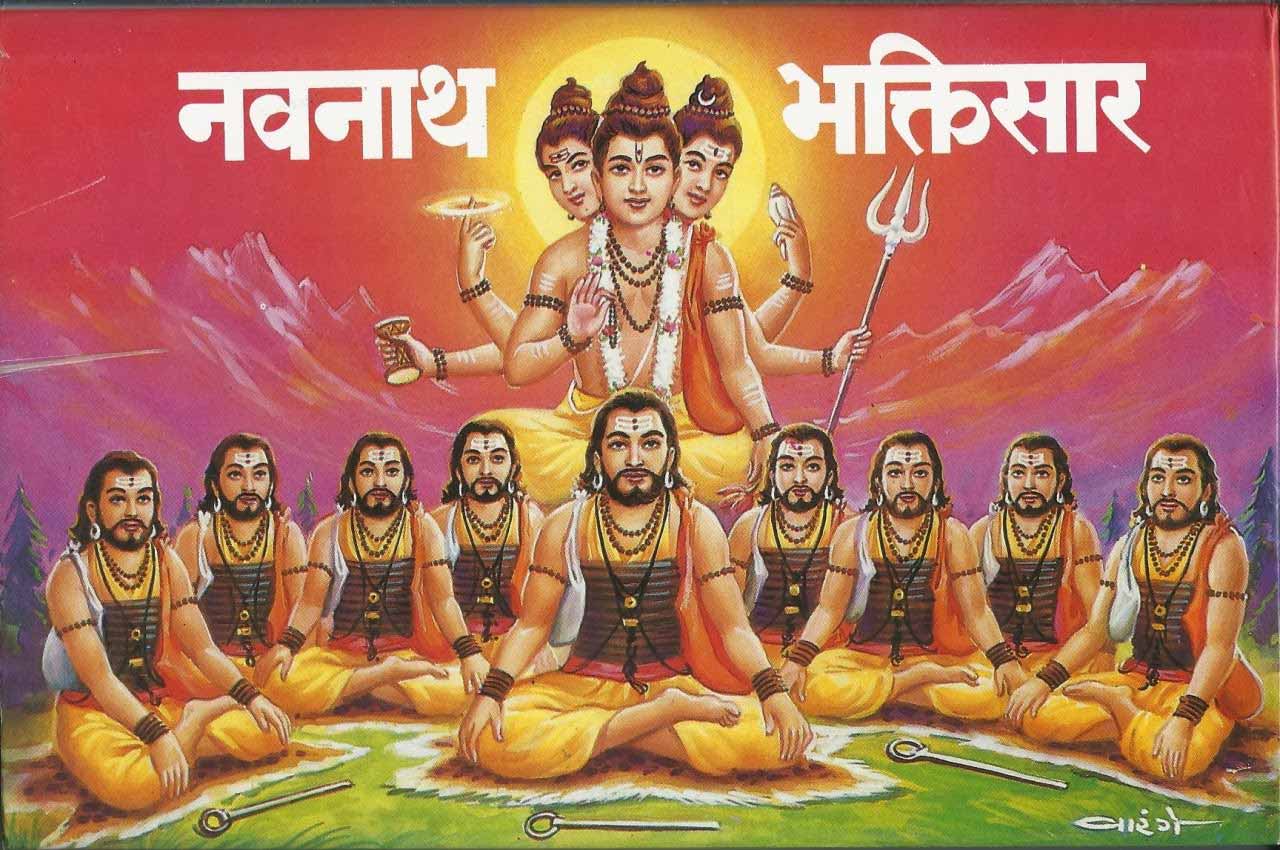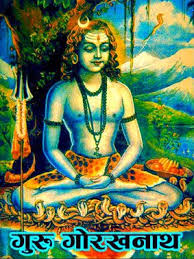
9 Jan 2021 HYN Himalayan Yoga Academy
Natha is a Sanskrit term that can be translated to mean “lord,” “master,” or “protector.” It is most often used to refer to the nathas (saints/gurus) of the Nath tradition. The Nath tradition is a heterodox siddha (adept) tradition that was established by Shiva and followed by Matsyendra, and further developed by his disciple, Gorakh. He introduced Natha Yoga or Hatha Yoga in a Public forum.
The Nath tradition has many sub-sects, but they all accept Aadinath Shiva, Matsyendra, and Gorakh as their founders. The Natha Sampradaya, or the “Tradition of the Natha Gurus,” is based on a lineage of spiritual masters who are worshiped both collectively and individually.
NATHA YOGA AND NATHA YOGI
The Sampradaya of Mahayogi Gorakhnath is an ancient authentic Yoga tradition. It was Guru Gorakhnath who founded this Tradition. He is regarded by Aadinaatha Shiva. Mahayogi Gorakhnath established and developed yoga, which is being practiced all over the world. Many scientists determine the period of formation of the Tradition from the 5th to 12th century A.D, but as a rule, all dates are quite contradictory. Gorakhnath and other great Yogis are honored by Nathas as spiritual Masters with realized kaya-siddhi and attained immortality.
Gorakhnath has written about fifty texts on philosophy, metaphysical aspects of Yoga, and various methods of Yoga-sadhana. He founded the order of Kanphataa Yogis. The Kanphataa yogis’ distinctive attribute is big earrings in the ears, symbolizing solar and lunar energy. Natha Yogis have another characteristic feature which is the Nadi (ritual whistle), which yogis carry on a black woolen cord (Janeu). This symbol is related to the Nada-anusandhana practice, which is intended for working with sound vibration. The Janeu cord is associated with the Ida and Pingala channels. Some treatises on Yoga and Tantra are traditionally attributed to Mahayogi Gorakhnath.
MEANING OF TIME IN NATHA TRADITION
Time, in Natha worldview, is the essence of Shakti, the dynamic aspect of Shiva. Tantra names are given aspect of Shakti Kali, whereas in Nath tradition the highest manifestation of the Goddess is Yogamaya Balasundari. Special yantra is used for her worshiping. Yantra is divided into four parts, symbolizing the four yugas – time segments of the universe. In the middle is Balasundari herself in yamala (union with Shiva). Balasundari is Nija-shakti of Shiva, Kundalini.
The Nathas are believed to descend from earlier cults, including the Pashupatas, Kapalikas, and Siddhas. They were closely connected with the alchemical tradition of Rasayana. This site provides extensive information about the Natha tradition.
Nathas consider time as Shakti, within which the practitioner constantly resides in his pursuit of Kundalini awakening, and therefore time for Nathas is not just a certain material element but also has deep spiritual meaning. Shakti embodies the creative dynamic reality of Shiva that reflects the essence of time – continuous change and transformation- while Shiva is a static reality that is related to space. Here, space implies not only the physical but also its transcendent aspect.

NINE NAATHS: NAVNATH SAMPRADAYA
The Navnath (Sanskrit: नवनाथ), also spelled as Navanatha and Nau Nath, are the nine saints, Masters, or Naths on whom the Navnath Sampradaya, the lineage of the nine gurus, is based. They are worshipped collectively as well as individually. The nine gurus, collectively known as Navnaths, are considered representative of great teachers in this tradition or parampara:
- Machindranath or Matsyendranath
- Gorakshanath or Gorakhnath
- Jalandharnath
- Kanifnath
- Gahininath
- Bhartrinath
- Revananath
- Charpatinath
- Naganath
NATH YOGA SAMPRADAYA -BOOKS
- Gorkhnaht satakam book-Yoga-Mimansa
- Hatha Yoga Pradipika: Sanskrit and English
- The Splendours And Dimensions Of Yoga -Hatha yoga –book
- The philosophy of Jñānadeva: as gleaned from the Amṛtānubhava-book
- The Return of the Serpents of Wisdom-Natha sidha and Hatha yoga –book
- Kundalini: the mother-power-Matsyendranath-book
- Sonic theology: Hinduism and sacred sound-Gorakh nath- book
- Yantra-Mantra Tantra and Occult Sciences–sabar mantra Gorksh nath- book
- Sharing Jesus holistically with the Buddhist world-Matsyendranath and Gorakh nath-book
- Yoga: Immortality and Freedom-Matsyendranath and Gorakh nath-book
- Discovery of Spiritual India-Matsyendranath and Gorakh nath-book
- Maha Siddha Matsyendranath -Tāntric art of Orissa –book
- Maṇimahesh Chambā Kailāsh-Gorkshnath – book
- The Encyclopedia of Indian Philosophies: Yoga: Hatha Yoga
- Gorakhnāth and the Kānphaṭa yogīs-book
- Philosophy of Gorakhnath with Goraksha-Vacana-Sangraha-book
- The Alchemical Body: Siddha Traditions in Medieval India-Nath Sidha
- Kundalini: the mother-power-Matsyendranath-book
Conclusion
The Nath Sampradaya is an ancient tradition where the devotees are the spiritual custodians of Hatha Yoga and Tantra. Nathas consider Shiva (Adinath) as their first Guru and Matsyendra as the forefather of the Nath Tradition and therefore Yoga. The original goal of Natha yoga was spiritual liberation or self-realization during the yogi’s lifetime. In the Natha tradition, the yogi’s actions and thinking determined their path, rather than a divine being. Natha yoga practice includes physical practice along with spiritual and intellectual advancement goals.
